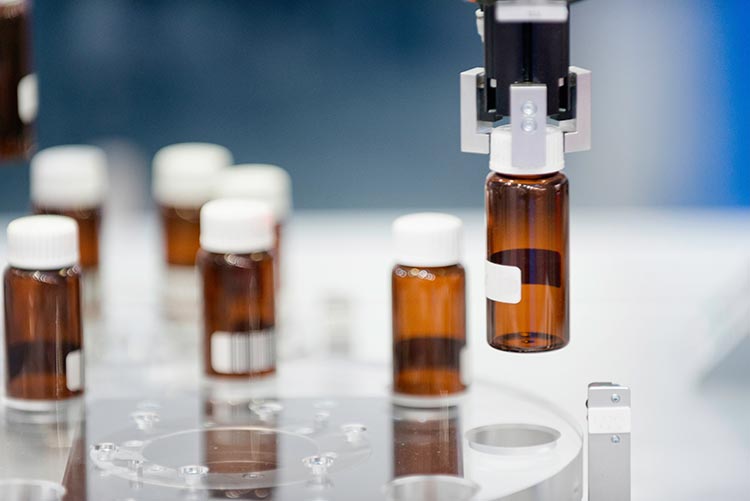By Nigel J Smart PhD, SMART Pharmaceutical Consulting
Looking forward to the Future State for next generation manufacturing processes, we observe that the landscape is one that looks quite different from the landscape of 20 years ago.
The new Future State for pharmaceutical manufacturing and processing is one that will increasingly involve the use of platforms that incorporate built-in machine integration capabilities that involves the connection of multiple intelligent devices.
The shift to intelligent devices is already apparent in the industry and is an important feature in the establishment of competitive processes and high-quality pharmaceuticals.
These issues become relevant as the legislative landscape for competitively priced pharmaceutical products becomes more intense and no where is this going to be more acutely focused than in the production of high value biologicals as they come off patent and can be marketed as biosimilars.
Add to this, the increasing intensity of global pharmaceutical regulatory agencies towards higher expectations for product quality and manufacturing process capability and you have all the ingredients necessary for there to be a fundamental shift in operating philosophy in order to be business competitive.
Harnessing the data being generated by these highly connected peripheral devices provides the capability to use real-time data to generate improved efficient processes that have time, cost and quality implications which will drive added value and ultimately profitability.
This is all facilitated through the in-built connection of the new “Big Data” and “Manufacturing Intelligence” that’s seamlessly embedded into the various business processes.
The net outcome of this connection is the enabling of the system towards an improved Lean concept that removes dead time and other forms of waste resulting in an efficient streamlined operation.
Moving forward with these concepts, harnessing Big Data / Data Analytics through the Internet of Things (, IoT) Cloud processing, and the increasing introduction of mobile Apps, it should enable the establishment of continuously improved business processes as a result of the opportunity to make smarter decisions.
As one attempts to embrace this idea for the Future State, its perhaps important to look at those drivers that underscore the basis of the organizations Current State profitability performance.
An important feature of this will involve an analysis of the stability of the process from several perspectives. These would include but would not be limited to the following features:
1. Overall Process Flexibility
2. Degree of Responsiveness to variable conditions of change
3. Capacity availability
4. OEE
5. Labor Loading
6. Error rates
Once these data sets are available and carefully analyzed, the basic strategy can be developed to build and generate an appropriate electronic (IT) platform that satisfies the requirements of the strategy. Of fundamental importance to this and for the on-going continuous improvement of the process, it will be key to ensure that the new “intelligence” is properly embedded into the process platform, since this will provide the basis for future levels of improvement.
With this in place, the near-term strategy should be to create many significant “wins” early in the deployment phase of the strategy implementation, so as to create momentum and drive the new concepts into the organizational culture, so that they anchor and take root quickly. Doing this will ensure that the philosophy becomes institutionalized successfully. This will make the adoption of additional changes later in the Change Process much easier to accomplish.





